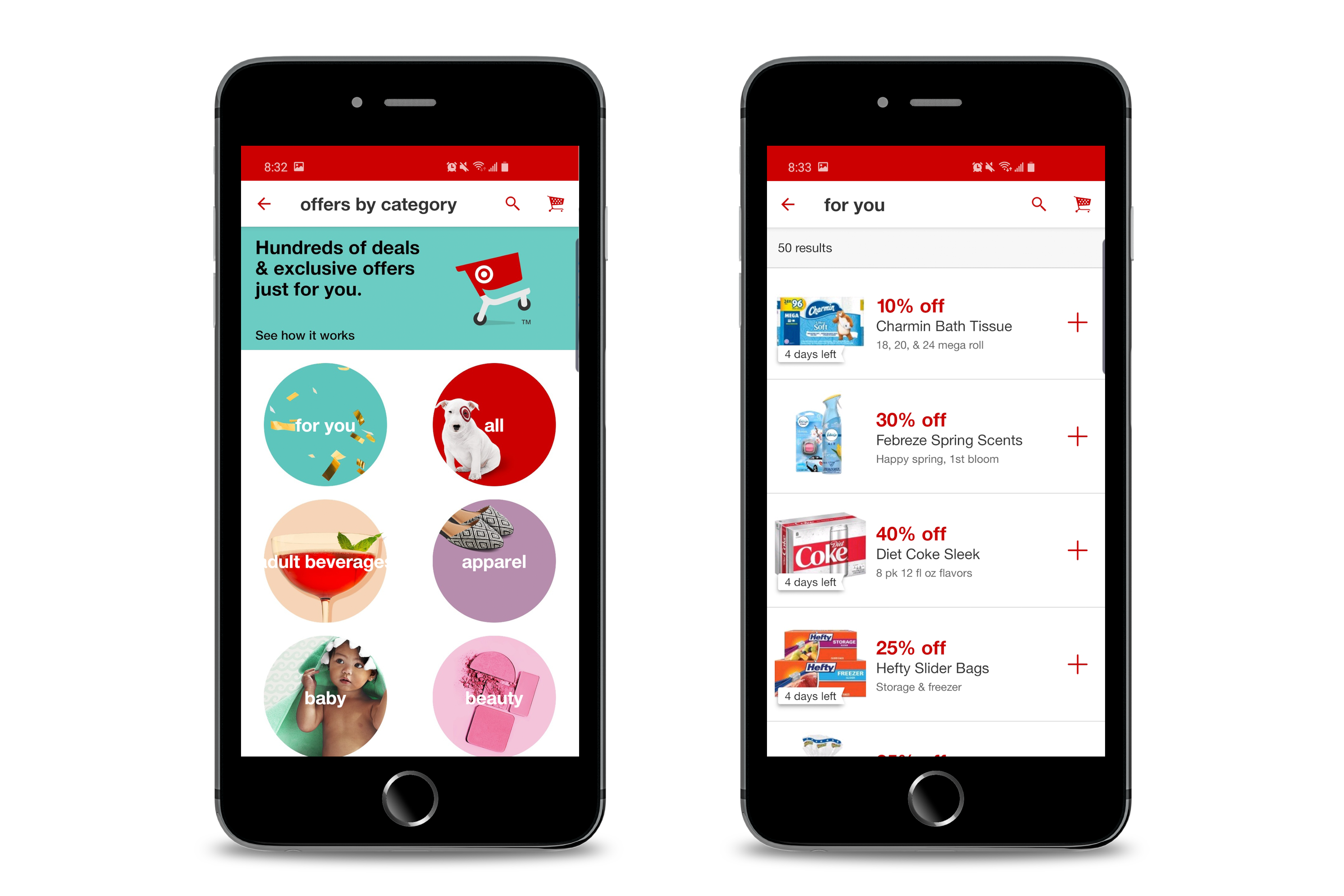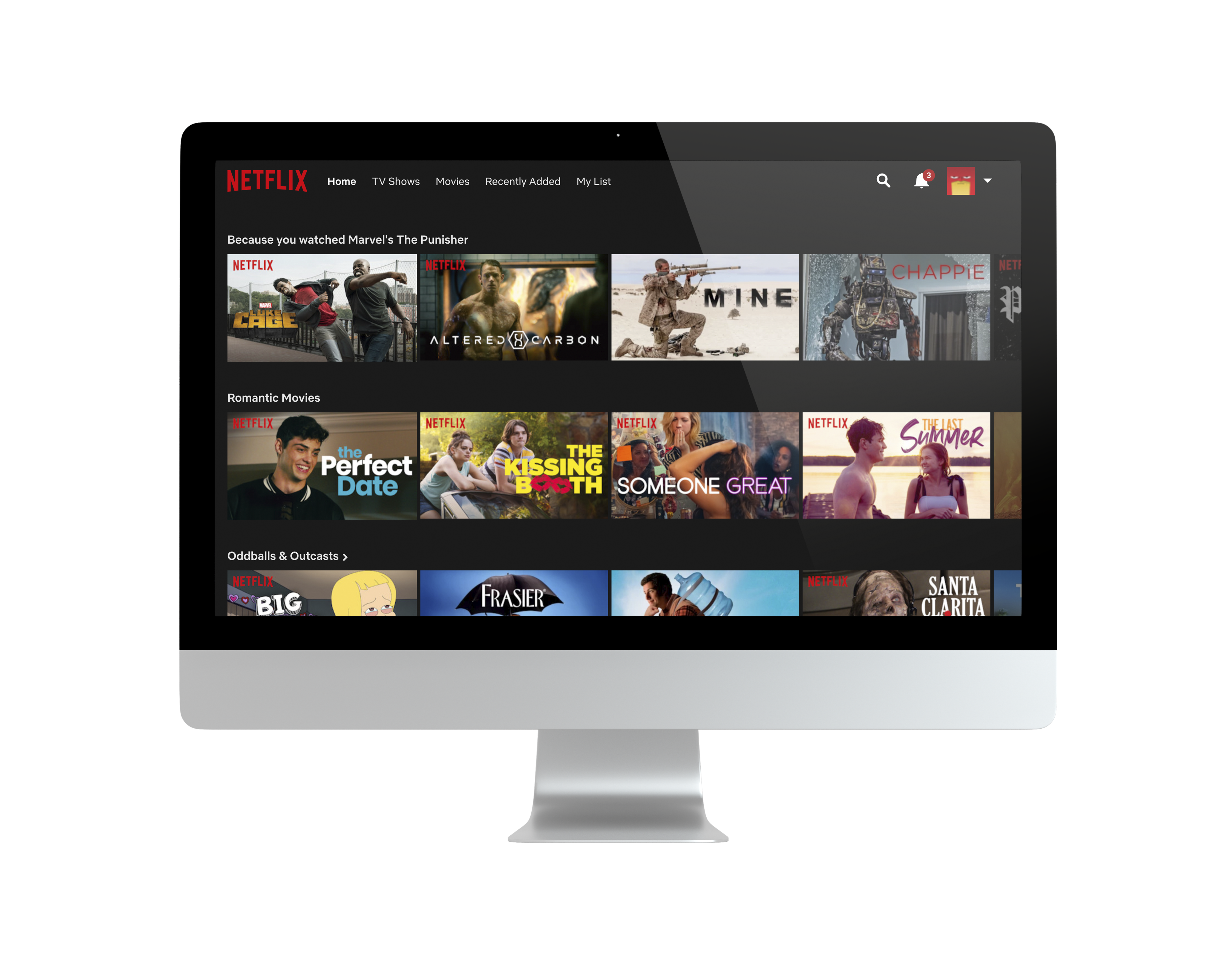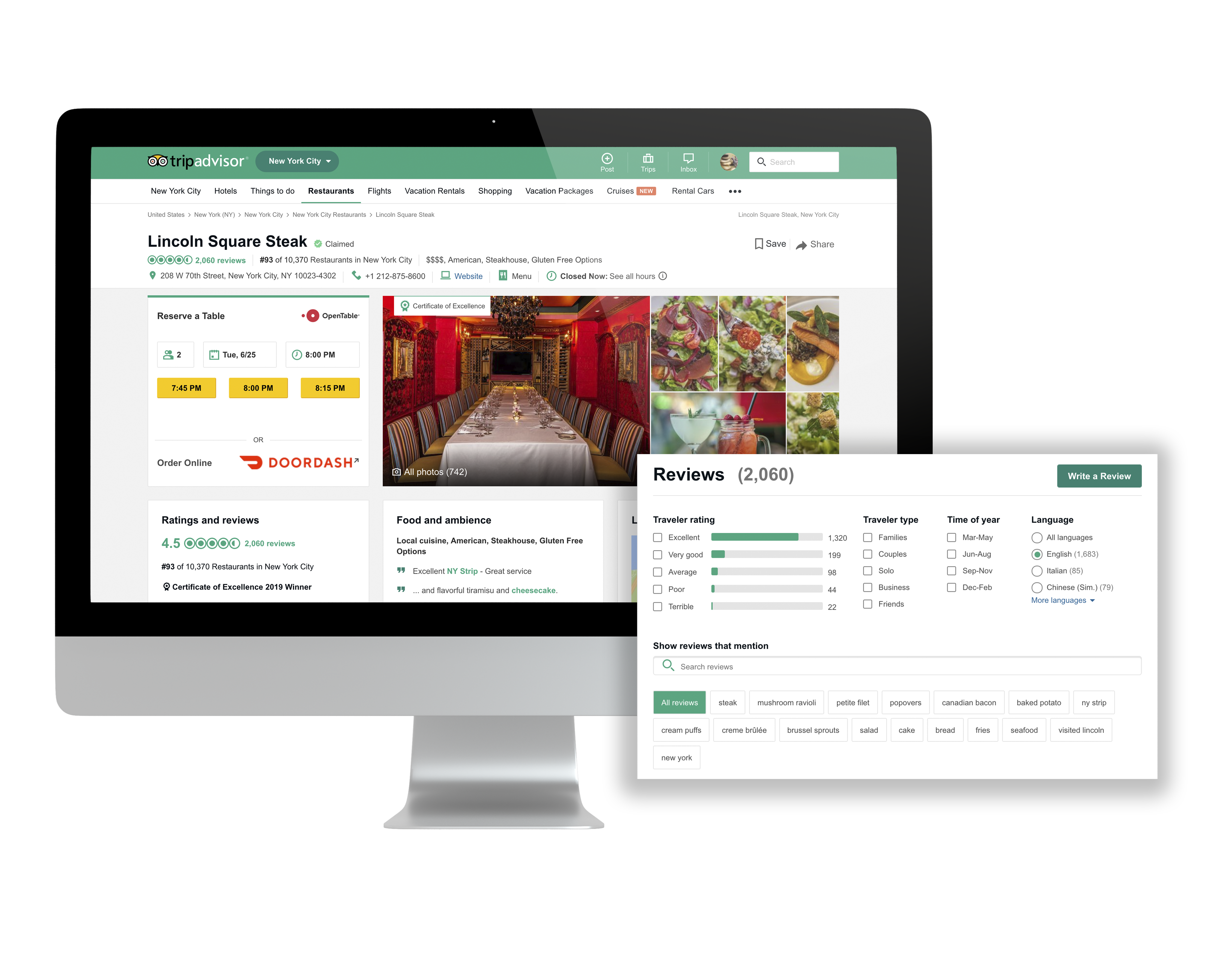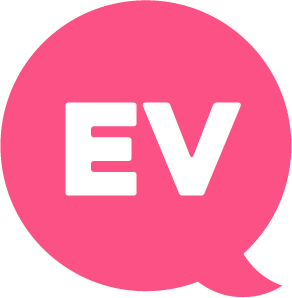EV Blog
Erika Troconis-Rodell | June 27, 2019
What Popular Brands can Teach the Help Desk About Consumerizing Self-Service
As consumers' needs change in this digital-focused world so should the interactions they have with organizations. For that reason, consumers are having higher expectations on technologies meeting their service and support needs. That is why consumer brands, like Target and Amazon, are using technology to adapt to customer’s evolving expectations. But what does this have to do with the help desk?
Gartner’s Design IT Self-Service for the Business Consumer report states that “business consumers [or employees] are comparing their enterprise IT self-service experience with their consumer experience”, which is driven by day-to-day interactions with popular consumer brands.
This blog will explore how 5 popular brands are changing the way they deliver self-service and how the help desk can learn and benefit from these capabilities.
Target's App Personalization
User context to promote content, options and offers

Target's Cartwheel app has a "For You" button under the “Cartwheel Offer” section. It displays promoted offers based upon your previous purchases in-store or online, your browsing history, and even your demographics and interests.
For example, I've been shopping for curtains online and recently purchased paper towels at the brick and mortar store. My Cartwheel app recommended offers that included 10% off select paper towel brands and 5% off select window panels and hardware.
How can it be beneficial for the help desk? Personalization or user-context based functions in an employee self-service portal can assist the help desk in streamlining requests or tasks for the end user. For example, if an employee logs into the company’s portal, the system could automatically profile them to access information based on their role, department, and other criteria.
Amazon's Recommendation Features
Users that ordered X, also ordered Y, Z
Amazon's product recommendations are second to none, drawing upon the shopping habits and purchase history of its millions of users. You can log in to purchase one item and leave with three due to the "frequently bought together" suggestion and the "Add all three to Cart" button.
I’ve been shopping for lawn equipment, specifically a weed eater and an edger. Upon finding the brand and model I wanted, Amazon displayed a "frequently bought together" recommendation, which included a hedge clipper attachment and a curved shaft edger attachment. I could also view the "Customers also shopped for" carousel, which included extra line, a blower attachment, and a throttle lockout kit.
How can it be beneficial to the help desk? Agents can use recommended knowledge base articles based on keywords identified from the description of a submitted incident. This will help increase first call resolution (FCR) and user satisfaction.
Netflix’s Suggestions
Users that liked B also liked C, F

Netflix offers a percent match according to your profile and viewing history so you can instantly determine whether a movie or TV show aligns with what you're interested in watching. There's a quick and easy "like" or "don't like" button to continue to "teach" Netflix how you like to be entertained. Netflix draws from its database of user information to make tailored predictions for your viewing in the "Because you watched" and "More like this" sections.
How can it be beneficial to the help desk? Similar to recommendations supporting help desk activities, suggestion features for employee portals can help them find what they need faster. These features allow employees to quickly like or dislike knowledge articles and rank the most liked articles at the top of the search criteria so that it's easy to find, making it easier for people to find the answers they need.
Lenovo’s Manufacturer Configurators
Prerequisites and dependency-based option restrictions
I recently needed to purchase an AC adapter cord for my laptop, as well as a pen for the touch screen. Upon logging in to the Lenovo site, I could view the "My Parts" menu, or search via the "Help me find my product/serial number" link or the "Parts lookup" button. I opted to enter my laptop's serial number and was presented with a list of compatible parts that could be filtered by type. Once I found the right product, I was also given the option to view substitute parts that were equivalent to the suggested part. Lenovo’s website eliminates incompatible parts based upon the prerequisites entered (in this case, my serial number). Once the website "knew" what laptop I had, the AC adapter options narrowed from 385 results down to two.
How can it be beneficial to the help desk? Asset-related information associated with support tickets can direct the help desk agents to the right solution. If a help desk agent receives a ticket regarding a computer that’s not working, the linked asset could narrow down troubleshooting articles that are specific to that computer model or any related hardware or software associated on the asset record.
TripAdvisor’s User Ratings and Peer Recommendations
User-driven scores and written feedback of a product or service

From local eateries to entire vacation packages, TripAdvisor provides suggestions and details to help advise your decisions. The website ranks listings based on user reviews. I searched for a restaurant and was able to check ratings on food, service, value, and atmosphere, as well as detailed written reviews.
How can it be beneficial to the help desk? Being able to leave peer reviews for each knowledge article in the employee self-service portal will allow help desk agents to tailor information to users’ needs. Rating and feedback capabilities will not only allow your help desk agents to improve the knowledge base, but can also allow employees to sort highly rated articles that are directly related to the question in hand. This will free up your help desk’s time so they can focus on higher priority tasks.
How to get Started in Consumerizing Self-Service?
These examples demonstrate that the tactics used by consumer brands, like Amazon and Lenovo, to satisfy consumer needs can easily be used by the help desk to create the right IT self-service environment for employees. Whether it is a customer or an employee, it is important to always keep the users in mind when designing self-service portals. Learn how to get started with this Gartner report.
Subscribe to Email Updates
Erika Troconis-Rodell
Erika Troconis-Rodell is the Sr. Digital Marketing Manager at EasyVista. She leads the content and blog strategy for the company, and manages global digital marketing initiatives. She loves all things technology and enjoys reading about ITSM, IoT, and SaaS. Fun fact, she also speaks Spanish, French, and Mandarin.




